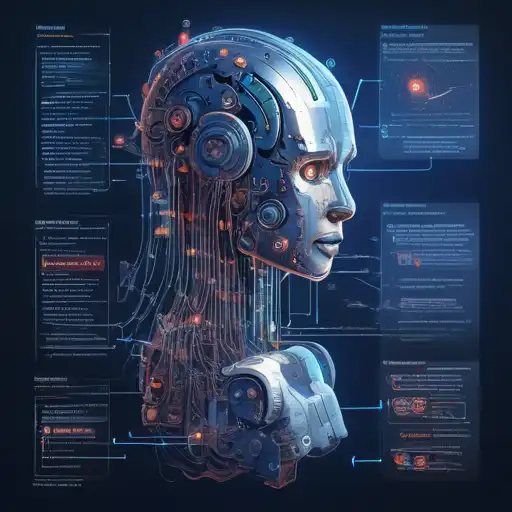Introduction to Machine Learning Algorithms
Machine learning algorithms are the backbone of artificial intelligence, enabling computers to learn from and make decisions based on data. For beginners, understanding these algorithms can seem daunting, but with the right approach, it's entirely achievable. This guide aims to demystify machine learning algorithms, providing a solid foundation for those new to the field.
What Are Machine Learning Algorithms?
At their core, machine learning algorithms are mathematical models that allow computers to learn patterns from data without being explicitly programmed. These algorithms can be broadly categorized into three types: supervised learning, unsupervised learning, and reinforcement learning.
Supervised Learning Algorithms
Supervised learning algorithms are trained using labeled data. This means that each training example is paired with an output label. Common supervised learning algorithms include:
- Linear Regression
- Logistic Regression
- Decision Trees
- Support Vector Machines (SVM)
These algorithms are widely used in applications like spam detection and image recognition.
Unsupervised Learning Algorithms
Unsupervised learning algorithms, on the other hand, deal with data that has no labels. The system tries to learn the patterns and the structure from the data without any supervision. Examples include:
- K-Means Clustering
- Principal Component Analysis (PCA)
- Association Rules
These algorithms are often used in market basket analysis and customer segmentation.
Reinforcement Learning Algorithms
Reinforcement learning is a type of machine learning where an agent learns to behave in an environment by performing actions and seeing the results. Popular reinforcement learning algorithms include:
- Q-Learning
- Deep Q Network (DQN)
This approach is commonly used in robotics and game playing.
Choosing the Right Algorithm
Selecting the appropriate machine learning algorithm depends on the problem at hand, the nature of the data, and the desired outcome. Beginners should start with simpler algorithms like linear regression or k-means clustering before moving on to more complex models.
Conclusion
Machine learning algorithms are powerful tools that can extract insights from data. By understanding the basics of these algorithms, beginners can start applying machine learning to real-world problems. Remember, the key to mastering machine learning is practice and continuous learning.
For more insights into machine learning, check out our data science section.
